Description
The Simple 6™ – the simple answer to student achievement in high-stakes Writing tests.
The nine-week program incorporates the 6 writing components being tested and leads to student understanding about how high-stakes writing will be assessed. Thus your students will improve their test scores and in-class writing.
In 1998, 19% of the author’s sixth graders passed the standardized writing proficiency exam. After only one nine-week introduction to The Simple 6™, 51% more sixth graders passed in 1999. By 2001, 80% of the sixth grade students were passing. And 32% received a Score 5 or Score 6! In 2002, all students passed the writing test. And in 2006, in districts across Indiana, after implementing Davidson’s 9-week program, passing scores improved up to 69% over 2005.
Teaching The Simple 6™, students not only KNOW the writing components, but they also understand how to include each component in their writing, they can score writing samples, and they have an understanding of time management.
The Key to writing success is mere simplicity – putting the expectations into terms that students and teachers can understand.
Sample Pages
CLC0444A.pdf
CLC0444B.pdf
CLC0444C.pdf


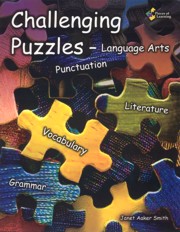
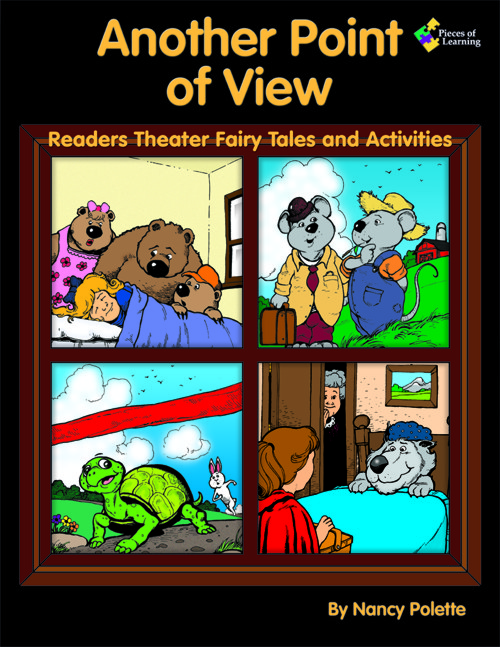

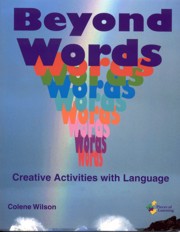
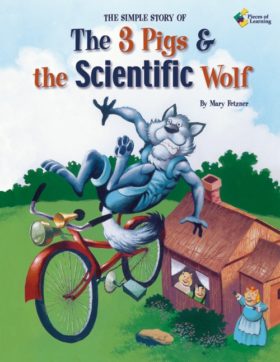
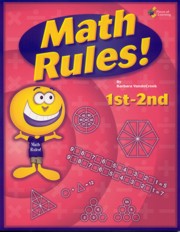

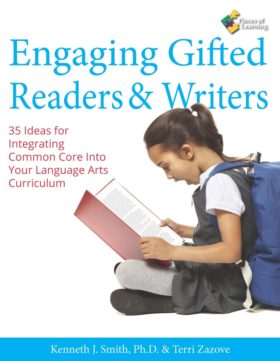
Loyal Customer –
The need for good communication skills is growing in our “information age.” In fact, writing skills are increasingly emphasized through standardized tests for both elementary and secondary students. Unfortunately, despite the curricular focus on writing, the abbreviated communications style common in modern media, such as e-mail, MySpace and instant messaging, frustrates students’ ability to learn more complex writing. Good teachers must help students understand that writing well is a function of using interesting descriptions, proper technique, and logical order
Writing: The Simple 6, by Kay Davidson, takes the educator through the process of teaching students how to improve their writing over a nine-week period. Instead of offering a quick and easy fix to a perfect writing project, Davidson provides comprehensive instructions for teaching students how to increase their writing results by teaching what is most important in the writing process. Davidson reviewed writing rubrics from twenty states and distilled the rubrics into six “simple” elements: topic, logical order, interesting words, sentence patterns, descriptions, and audience. According to Davidson’s experience and research, the mastery of these six elements should result in marked improvement for students.
The beginning instruction in Chapter Two on rubrics may seem unnecessary to many educators. Davidson makes a good case for evaluating the purpose of rubrics however, and does a fine job explaining how to use them properly.
Chapter Three, “A Nine-Week Implementation Plan,” provides the details for the Simple 6. Each week begins with a narrative description of the lesson and is followed by two days worth of specific plans. The lesson plan design for each week is laid out in an easy to review manner. The behavioral objectives, academic standards, materials, and lesson are easy to spot, although I believe that Davidson should have placed the objective for each lesson at the beginning of the lesson narrative rather than after.
Davidson’s intent is for the educator to have a “mini-lesson” on Wednesdays that might include mechanics, grammar, or types of writing. This mini-lesson is followed up with two days of writing instruction on one of the six steps. While the lessons for Thursday and Friday are very thorough, it would have been advantageous for Davidson to include a lesson plan for Wednesdays since she relies on that instruction for an effective lesson on Thursday and Friday.
Davidson recommends keeping a single writing folder on each student and color-coding the assignments. Some may find the use of folders and colored paper a bit tedious, especially in the upper grades where educators have more students. This text was written primarily with elementary educators as the target audience; however, any of her lesson plans seem easily adaptable to secondary education goals. Chapter Five, “Expanding Success for Secondary Students,” is an excellent add-on for lessons targeting higher-level thinking. Davidson points out though, that for students with different abilities, it might be best to start with the “Simple 6 for Kids” plans that she has created.
One of the best features in this text is the numerous examples of various writing levels. Educators are encouraged to copy and share these with students as a way to model the Simple 6. Another feature that adds value, is the charts and examples that may help an educator track the progress of students. There are charts to track individual students and to track the progress of entire classes. This will effectively show the results-driven educator which areas need more focus. Armed with that information, educators can lead their students to the elusive 6.
Loyal Customer –
“The Simple 6™ has been a great tool for my students as they learn to write. Its easy-to-remember format and alignment with standards are two of the strengths of The Simple 6™. Once you try it, you and your students will know you’ve discovered something effective. Quality of student writing will improve as they focus on these easy-to-understand writing traits. The Simple 6™ is the “write” stuff!”
-Tressa Decker, Indiana Department of Education and Author
Loyal Customer –
“The Simple 6™ is just that – simple in every way except 1:
Simple to present
Simple to understand
Simple to remember
Simple to use
The only thing not simple about The Simple 6™ is the result – Super writers, super improvement, and super results!”
-Greg Vogel, 5th Grade Teacher
Loyal Customer –
“I’ve used The Simple 6™ rubric in my classroom for the past four years. The rubric serves as an easy and useful guide for students to check their writing assignments. It works just as well with primary students as with upper elementary pupils. I’ve been impressed with my students’ progress using The Simple 6™ writing program.”
-Wally Niemann, Elementary teacher
Loyal Customer –
“The Simple 6™ will unlock the door to open up a world of great writing to enable students to reach their highest potential.”
-Dave Weber, 2nd Grade Teacher
Loyal Customer –
“This is something that I can take straight into my classroom and use tomorrow. It’s kid-friendly and teacher-friendly at any stage of a child’s education. It is also excellent for a differentiated classroom of learners. Each child can start where they are and move forward – no matter how low or exceptional they are to begin with.”
-Cathy L., Mishawaka IN
Loyal Customer –
“Finally a method of teaching writing that is simple and makes sense.”
-Andy Smith, IN
Loyal Customer –
“The writing process is a skill that many students fail to grasp. Teachers need an effective way to teach and assess the writing process for all grade levels. Writing: The Simple 6™ does just that. It is a wonderfully written book that provides 6 steps to process writing in a nine-week implementation plan, includes lesson plans, rubrics, writing prompts, and clear examples. All aspects of the writing process are covered in a (simple) way and adapted for ALL grade levels. This book also helps students learn how to assess and analyze their own writing.”
-K. Boutelle, GA